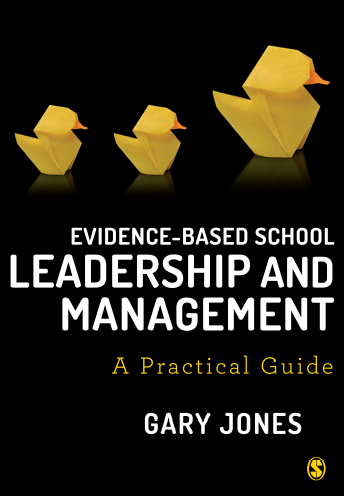A major challenge for anyone interested in the use of research within both schools and the wider education system is to try and make some kind of judgment about the trustworthiness and quality of research.
Indeed, this is a real problem, as it is highly unlikely that teachers, heads of department, or school leaders will have the required level of expertise to critically examine the claims that are being made.
So, to help get around this problem of a lack of expertise and increase the chances of being able to judge the usefulness of research, in my new book, Evidence-based School Leadership and Management, I have looked at a helpful framework which provides you with a useful scaffold to help you make efficient and effective use of research evidence in bringing about improvements within your classroom, school or educational setting:
The 6 A’s of the usefulness of research evidence
Professor Steve Higgins, of Durham University, developed the framework the '6 A's of the usefulness of research' by asking a number of questions:
Is the research you are attempting to use:
Accurate
Accessible
Applicable
Acceptable
Appropriate
Actionable
I have subsequently worked with Professor Higgins to develop a more fleshed-out version of the 6 A’s, which draws upon both the TAPUPAS framework developed by Pawson, Boaz, et al. (2003) and Critical Reading and Writing for Postgraduates (Third Edition) by Wallace and Wray (2016) and which is illustrated in the following table.
This post was first published on Centre for Evaluation and Monitoring blog on 9 October, 2018
